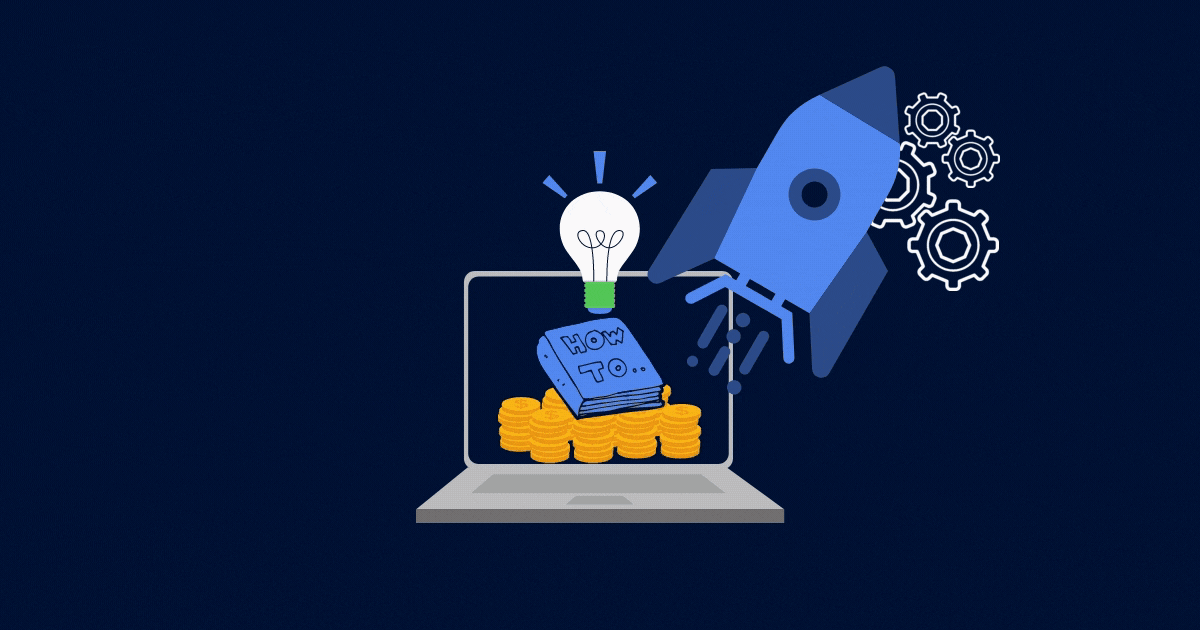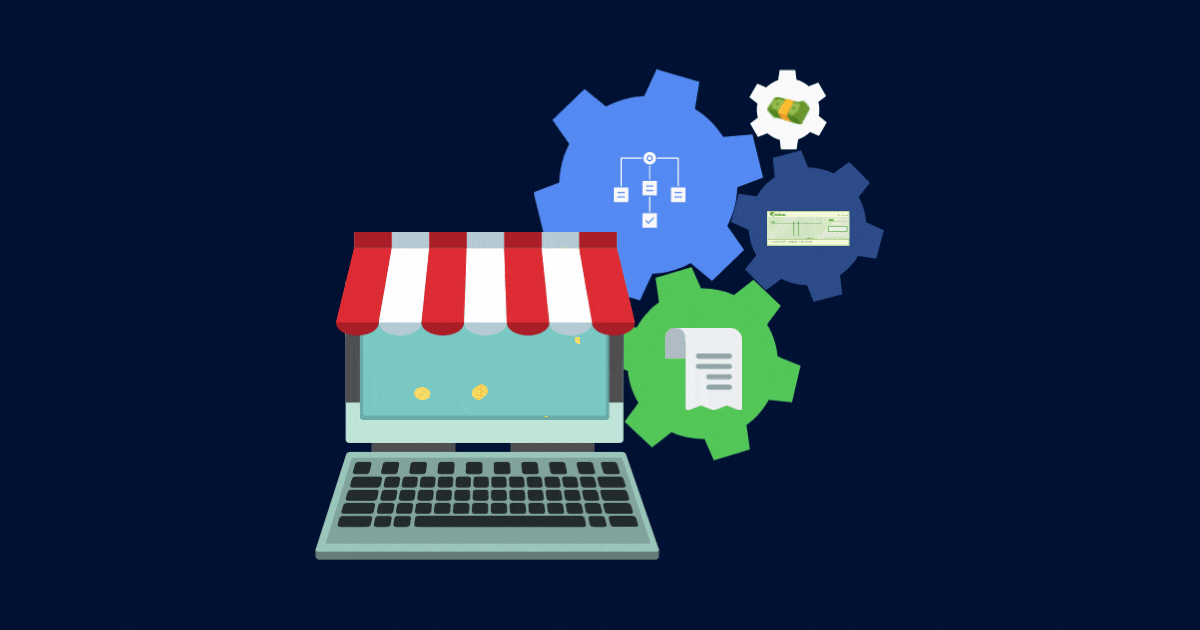
In today's rapidly evolving digital landscape, new technology is helping even the smallest businesses play big. But without an internal team to help narrow down the many options, it might be a challenge to understand what’s available, how integration with your current systems will work, and how your chosen solution provides security for you and your customers.
Adopting new technology doesn’t necessarily mean a compromise to your business or customer data. A thorough audit of your tech stack can ensure data security as your operations expand. Follow these six steps to maintain security while increasing your strategic use of technology:
Step 1: Get clear on your objectives
Secure and efficient deployment of technology begins with clarity of purpose. Define your objectives for technology adoption, focusing on areas where automation and optimization can drive real business results.
Whether you’re looking to streamline accounts payable and receivable processes, enhance audit trails, facilitate online payments, or improve customer engagement, having well-defined goals will guide your technology decisions.
Step 2: Assess how well your current stack meets your needs
Before diving into new technology acquisitions, take stock of your existing tech stack. Conduct a comprehensive inventory of all tools and technologies currently in use, including software, hardware, data sources, and integrations. Use a checklist to capture necessary information, including marketing automation platforms, client relationship management (CRM) systems, email marketing tools, social media management platforms, content management systems, and web analytics tools.
Understanding how these various technologies interact with each other is essential in identifying potential vulnerabilities and security gaps. Map data flows and integration points so you can spot areas of concern and prioritize security enhancements where they're needed most.
Step 3: Understand risks and compliance requirements
When it comes to adopting new technology, awareness is key. To evaluate the risks associated with each system component, identify factors like data sensitivity, access controls, and breach potential. Be sure to:
- Analyze the data flow between systems to ensure seamless operation while minimizing the risk of data loss or fraudulent capture. This could involve having a data management expert review your systems, or conducting an internal audit to try and pinpoint any issues.
- Scrutinize the security measures of each platform in your stack, prioritizing solutions that emphasize data security and adhere to industry best practices. This could include periodically reviewing the latest available security features of each platform and ensuring that you are comparing them against your changing data protection needs over time.
- Be cognizant of compliance requirements and industry regulations, such as HIPPA or GDPR, to ensure adherence so you can avoid unpleasant financial or reputational consequences.
Step 4: Implement security measures
With a clear understanding of your security needs and compliance requirements, you can implement robust security measures across your tech stack. Use encryption protocols to safeguard data both at rest and in transit, mitigating the risk of unauthorized access or interception.
And technology isn’t your only weapon; your team is a front line of defense. Be sure to educate them on mandatory data privacy regulations and security best practices. Reinforce that if they see something, they should say something. Their vigilance and accountability will help your company protect itself.
Enforce company-wide authentication mechanisms to control access to sensitive information, ensuring that only authorized personnel can view or modify critical or sensitive data. Stay proactive in addressing potential vulnerabilities by applying regular security updates and patches to all software and systems.
Step 5: Identify areas of redundancy
As your tech stack evolves, it's essential to periodically review and optimize your toolset to minimize redundancy and streamline operations. Identify areas where multiple tools may be performing similar functions and decide whether consolidation or integration could lead to cost savings and/or operational efficiencies.
By retiring redundant tools, not only will you simplify your tech stack while maximizing its value, you’ll also free up capital for investment in new products or enhanced integrations.
Step 6: Know when to bring in the experts
In the ever-evolving landscape of cybersecurity, it’s important to recognize when you’ve maxed out your own expertise and outside help is needed. Consider seeking advice from specialized cybersecurity professionals that can help implement new and more advanced cybersecurity systems and measures, audit for any potential exposures, and provide general cybersecurity best practices so you have peace of mind of knowing your tech stack meets the highest security standards and aligns with your business needs.
Remember, cybersecurity experts do this every day. They can provide valuable insights into emerging threats and help you stay ahead of potential risks you might be unaware of. Their recommendations can be important to strengthen your security protocols and protect your business.
An ongoing commitment
Technology is both a necessity and an opportunity to stay competitive in a modern economy. For small businesses interested in growth and improved efficiency, a strategic approach to new technology adoption is the best way to assess needs, evaluate available options, and choose a solution that prioritizes data integrity and security.
Building, modifying, and regularly evaluating your tech stack will help drive growth and efficiency while complying with industry regulations and safeguarding sensitive data. Security vigilance never ends. An ongoing commitment to the right tools and best practices will help your data and your clients’ data remain safe and secure now and into the future.
Plooto’s accounting automation solution was designed from the with security and compliance at the forefront. Our platform consistently meets or exceeds rigorous regulatory compliance governance standards for Fortune 500 companies and the world’s largest financial institutions.
Start a free 30-day trial to see how Plooto can securely automate your business payments and workflow.












